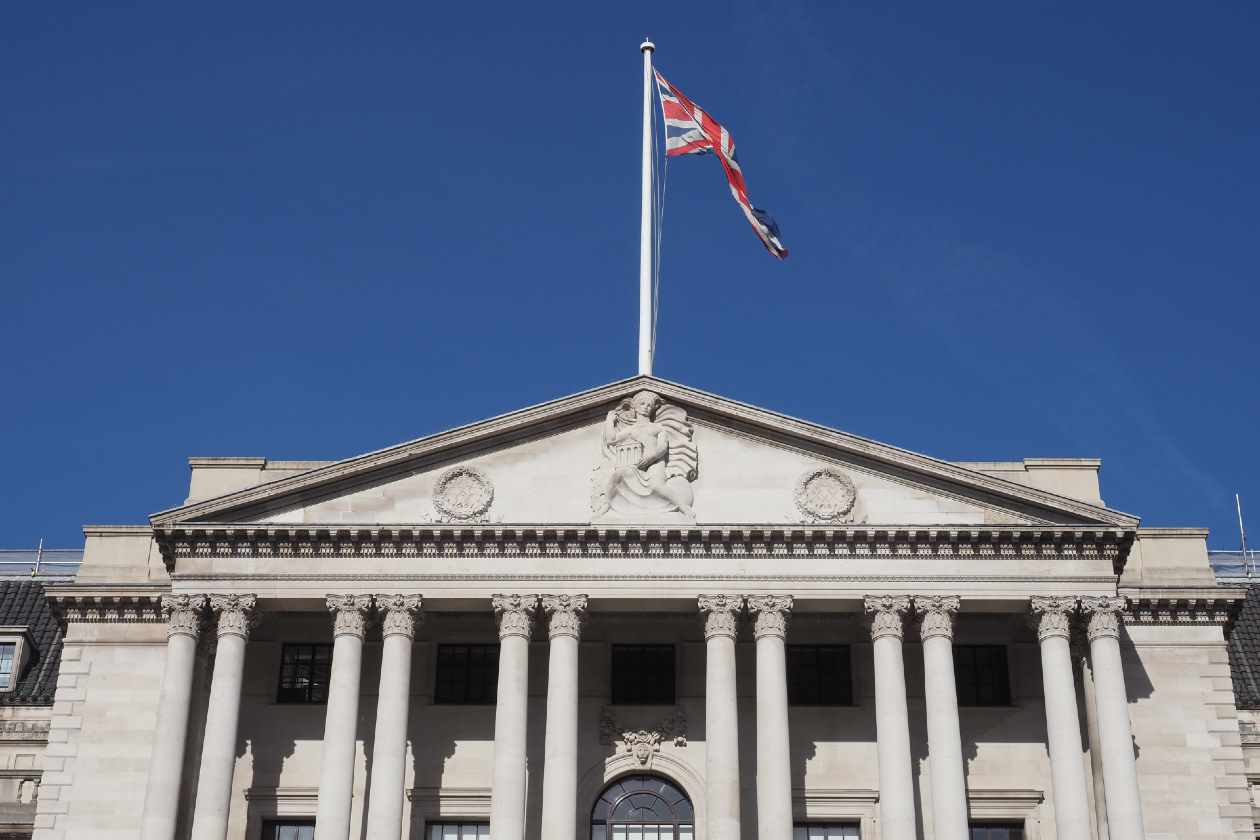The Bank of England has cut borrowing costs to 4% but cautioned over “uncertainty” about future interest rate reductions.
The Bank’s Monetary Policy Committee (MPC) chose to reduce interest rates by 0.25 percentage points to its lowest level since March 2023.
Policymakers pointed to a recent fall in pay growth and reduced uncertainty over the impact of US tariffs.
The decision is likely to bring relief to some borrowers, who will benefit from lower mortgage deals entering the market as a result of the Bank’s base rate being lowered.
However, Governor Andrew Bailey described it as a “finely balanced decision” after MPC members were forced to hold a second vote after failing to reach a majority the first time.
Mr Bailey also stressed that the future path for rate cuts was clouded by uncertainty amid divisions among the committee and an array of conflicting economic data.
“I do think the path continues to be downwards,” Andrew Bailey said.
“There is however genuine uncertainty about the course of that direction of rates.
“The path has become more uncertain because of what we are seeing.”
He said there were both “upside” and “downside” risks to the UK’s inflation level.
The Monetary Policy Committee voted by a majority of 5-4 to cut interest rates to 4%.
Inflation is expected to accelerate in the coming months, putting more pressure on household budgets.
Consumer price index (CPI) inflation is now on track to peak at 4% in September, surpassing previous guidance that it would peak at 3.5%.
The increased cost of living is largely being driven by higher energy and food prices, according to the Bank.
Food prices have jumped in recent months – with the cost of beef, chocolate and coffee all accelerating.
Inflation will remain higher than previously expected for the next two years – but drop below the Bank’s 2% target rate by 2027.
Some economists said the more cautious tone coming from the central bank could make further interest rate cuts this year less likely.
The pound strengthened after Thursday’s rates decision, indicating that traders welcomed the potential for UK borrowing costs to remain higher for longer.
Sandra Horsfield, an economist at Investec, said she was expecting another 0.25 percentage point cut in November, followed by further reductions in 2026 until the base rate reaches 3% next summer.
“However, our confidence in this view has diminished,” she said.
She said there will “need to be evidence that disinflation in the service sector is continuing, not just that the jobs market is loosening”.
Liz Martins, senior UK economist at HSBC, said: “With the Bank now forecasting inflation running at double its target in September, it’s no wonder they sound a bit cautious about the scope to reduce rates further.
“While we ultimately think that evidence of further disinflation will materialise, allowing the Bank to keep on cutting, today’s hawkish communications open the door to a pause if it doesn’t.”
Meanwhile, Rob Wood, chief UK economist at Pantheon Macroeconomics, said he was predicting the MPC to keep rates unchanged for the rest of this year as it focuses on keeping inflation low.
But he added: “It’s still far from a slam dunk – jobs growth could remain weak and uncertainty about autumn tax hikes could hit demand.”
Chancellor Rachel Reeves said interest rates being cut to 4% was “good news for people wanting to get on the housing ladder, people remortgaging and also businesses borrowing to grow”.
Speculation that the Chancellor is under pressure to raise taxes in her autumn Budget has risen, with the NIESR think tank warning that she is set for a £41 billion shortfall on one of her fiscal rules.
Lower interest rates are likely to reduce the Government debt payment costs.
This article was written by Henry Saker-Clark, Anna Wise and Pa from Press Association and was legally licensed through the DiveMarketplace by Industry Dive. Please direct all licensing questions to legal@industrydive.com.

